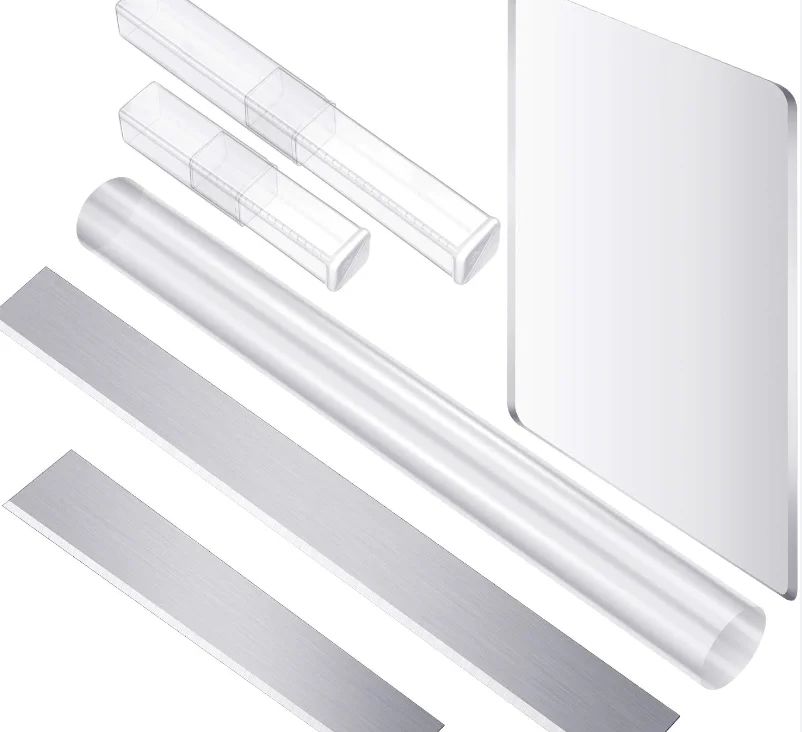What Are Neon Signs Made Of? Neon signs, with their vibrant hues and captivating glow, are iconic fixtures in urban landscapes and commercial establishments. Behind their mesmerizing allure lies a meticulous construction process involving several key components.
Table of Contents
ToggleGlass Tubes
At the heart of neon signs are glass tubes, which serve as the primary housing for the luminous gases. These tubes are meticulously shaped and sealed to form letters, shapes, and intricate designs, providing the foundation for the sign’s visual appeal. Various types of glass, such as borosilicate or soda-lime glass, are employed to ensure durability and heat resistance, essential for withstanding the rigors of continuous illumination.

Neon and Other Gases
The brilliance of neon signs emanates from the ionization of noble gases, primarily neon, housed within the glass tubes. Neon gas imparts the classic red-orange hue synonymous with traditional neon signs. Additionally, other noble gases like argon, helium, and xenon are often utilized, either individually or in combination with phosphor coatings, to produce a spectrum of vibrant colors when electrified.

Electrodes
Electrodes, typically crafted from conductive materials like tungsten or iron, are affixed to the ends of the glass tubes. These electrodes serve as electrical connections to the neon gas inside the tubes, facilitating the flow of current necessary for ionization and light emission.

Phosphor Coatings
In some neon signs, phosphor coatings are applied to the interior surface of the glass tubes. These coatings interact with the ionized gases to produce a diverse array of colors beyond the natural hues of the gases. While not all neon signs utilize phosphor coatings, they offer additional versatility in color customization and artistic expression.
Transformer and Power Supply
To power the neon sign, electrical components such as transformers and power supplies are essential. The transformer converts standard electrical voltage into the high voltage required for ionizing the gases within the glass tubes. Meanwhile, the power supply regulates the flow of electricity to ensure consistent and safe operation of the neon sign.

Backing Support Structures
To mount and display neon signs, sturdy support structures are employed. These structures, which can include metal frames, brackets, or acrylic backing, provide the necessary stability and aesthetic appeal. Considerations such as durability, aesthetics, and installation requirements play a crucial role in selecting the appropriate backing support structure for each neon sign.

Conclusion
In conclusion, neon signs are intricate works of art that blend craftsmanship with technology to create captivating visual experiences. From glass tubes filled with luminous gases to the electrical components that power them, each element plays a vital role in bringing these luminous beacons to life. Explore the diverse world of neon signs at Glow Neon Store, where creativity knows no bounds.
FAQs
Can neon signs be easily customized to incorporate specific designs or logos for branding purposes?
Customization options for neon signs extend to color, size, and font, allowing businesses to create bespoke signage that aligns perfectly with their brand identity.
Are there any safety considerations or regulations that need to be taken into account when installing neon signs, especially in public spaces?
Safety is paramount during neon sign installation, with proper mounting and electrical wiring essential to prevent accidents or hazards like fires or shocks.
How do neon signs compare to other types of illuminated signage, such as LED signs, in terms of energy efficiency and environmental impact?
When choosing between neon and LED signs, businesses must consider factors beyond energy efficiency, including design preferences, durability, and budget constraints.



